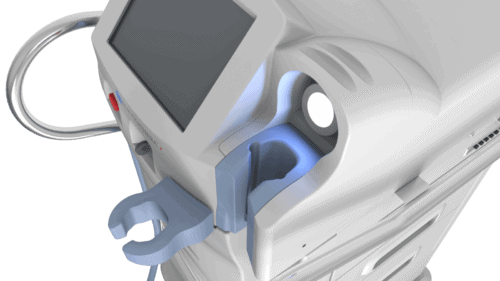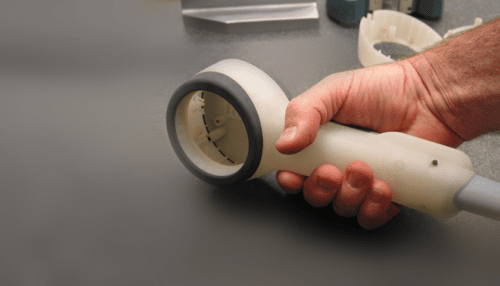
PhotoThera
Client Snapshot
PhotoThera
The NeuroThera System, De Taboada said, consists of a fiber optic cable, a handpiece, a cap that guides the laser energy to treatment locations on the scalp, accessories and a cart for portability.

When the system establishes contact with the patient’s completely shaved head, detectors in the handpiece trigger it to emit a specific wavelength of near-IR energy. “A total treatment regimen consists of treating 20 locations on the head for two minutes at each location for a total of 40 minutes of nominal treatment time,” De Taboada said.
The mitochondrial photoreceptor cytochrome C oxidase absorbs near-IR and drives adenosine triphosphate (ATP) formation by oxidative phosphorylation, he explained. The hypothesis goes that improved energy metabolism leads to mitigation of cell death in the stroke-affected tissue and to the enhancement of neuro-recovery mechanisms.
The improved neurometabolism could be beneficial not only in stroke treatment, but also in treating traumatic brain injury, and Parkinson’s and Alzheimer’s diseases, he said.


